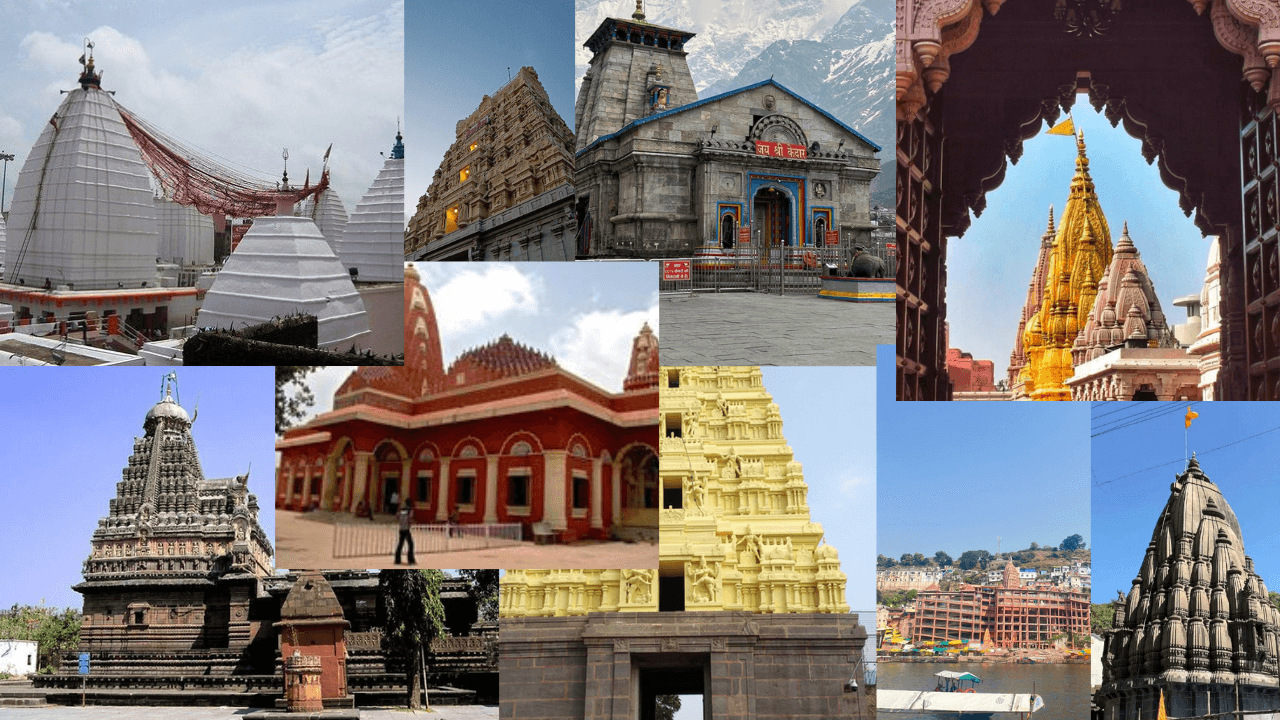India is home to twelve sacred Jyotirlingas, powerful symbols of Lord Shiva, representing his infinite presence and divine energy. Visiting these Jyotirlingas is believed to cleanse one’s sins, fulfill desires, and bring spiritual peace. Here is a guide to the locations, significance and the best times to worship these sacred shrines.
1. Somnath Jyotirlinga
- Location: Prabhas Patan, Gujarat
- Importance: Known as the first among the Jyotirlingas, Somnath is believed to be where the Moon God, Chandra, regained his light after a curse. This temple stands as a symbol of faith and resilience, having been destroyed and rebuilt multiple times over centuries. The serene atmosphere and the backdrop of the Arabian Sea make it a spiritually uplifting destination. Worship here symbolizes renewal and hope.
- Best Time to Visit: Maha Shivratri (February-March) and Kartik Purnima (November).
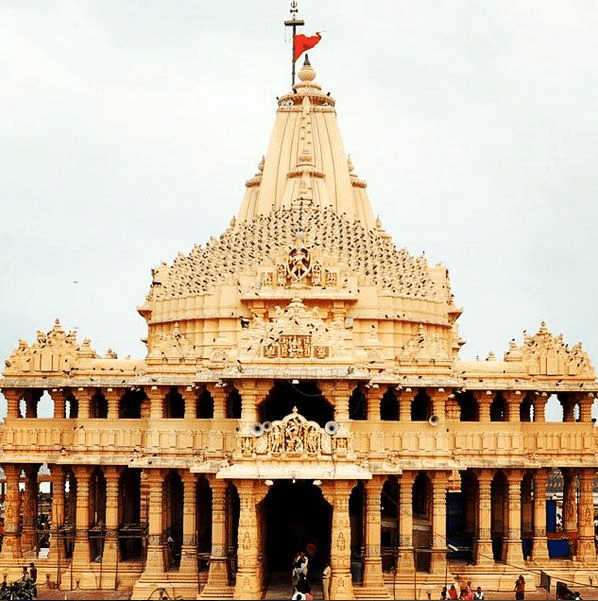
2. Mallikarjuna Jyotirlinga
- Location: Srisailam, Andhra Pradesh
- Importance: This temple is situated on the Nallamala Hills and represents Shiva and Shakti together, signifying harmony and balance. The architecture of the temple is a marvel, with intricate carvings and sculptures depicting mythological tales. Pilgrims come here to seek blessings for strength, unity and spiritual growth.
- Best Time to Visit: Maha Shivratri and during the Karthika Masam (November-December).
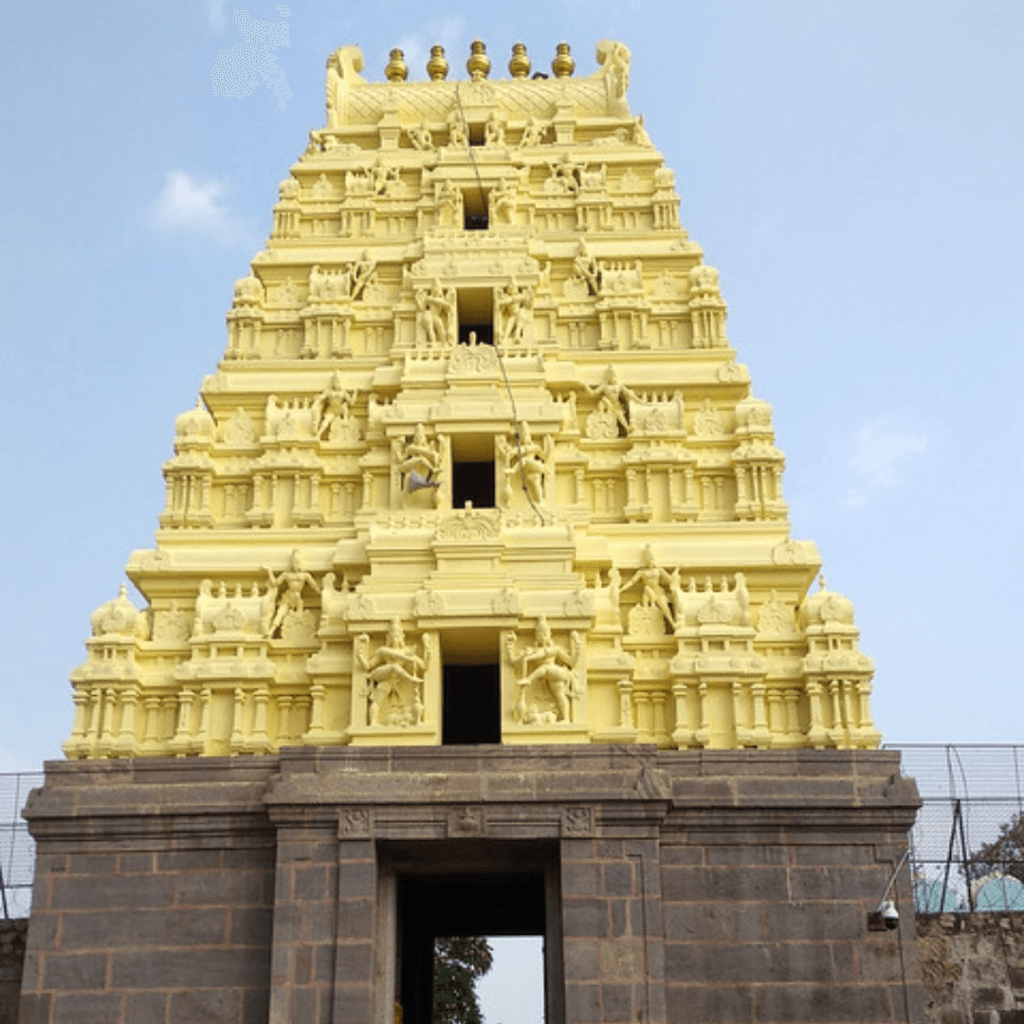
3. Mahakaleshwar Jyotirlinga
- Location: Ujjain, Madhya Pradesh
- Importance: Mahakaleshwar is renowned as the protector of the South and offers liberation from the cycle of birth and death. The temple is famous for its Bhasma Aarti, a unique ritual performed with sacred ash early in the morning. Devotees believe that praying here grants peace of mind and spiritual enlightenment.
- Best Time to Visit: Maha Shivratri and Shravan Month (July-August).
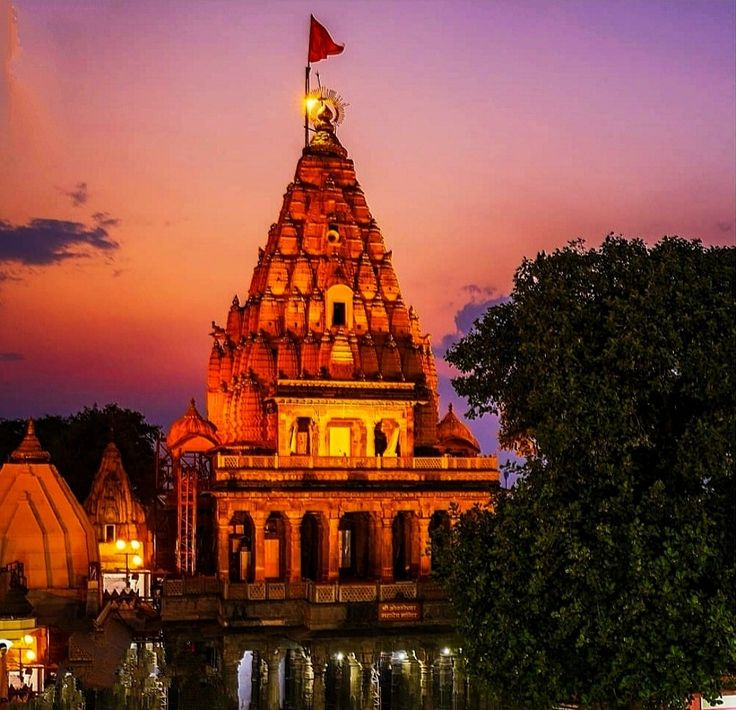
4. Omkareshwar Jyotirlinga
- Location: Mandhata Island, Madhya Pradesh
- Importance: Located on the Narmada River, Omkareshwar represents the omnipresence of Lord Shiva and the sacred sound “Om.” The island is naturally shaped like the symbol Om, making it a unique and revered pilgrimage spot. Devotees visit this Jyotirlinga to experience divine vibrations and spiritual serenity.
- Best Time to Visit: Shivratri and Sharad Purnima (October).
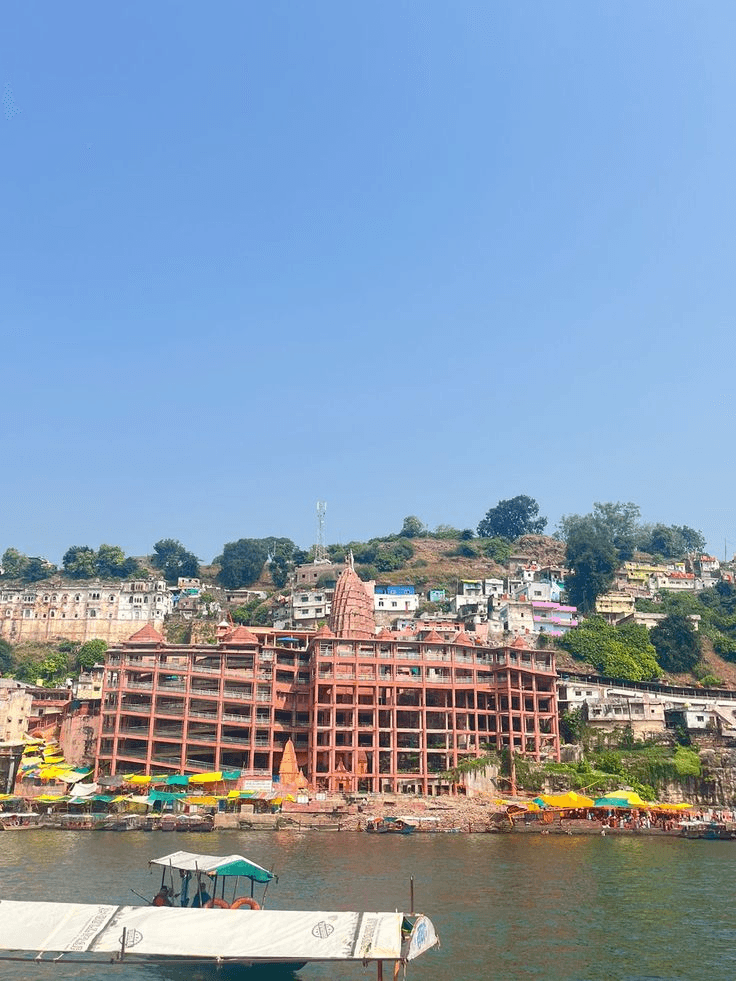
5. Kedarnath Jyotirlinga
- Location: Kedarnath, Uttarakhand
- Importance: Surrounded by the Himalayas, this temple is believed to absolve devotees of their sins and grant salvation. Kedarnath is accessible only by trekking or helicopter services, making it a challenging yet spiritually rewarding journey. The temple’s location, near the Mandakini River, adds to its mystical aura.
- Best Time to Visit: May to October, when the temple opens after winter.
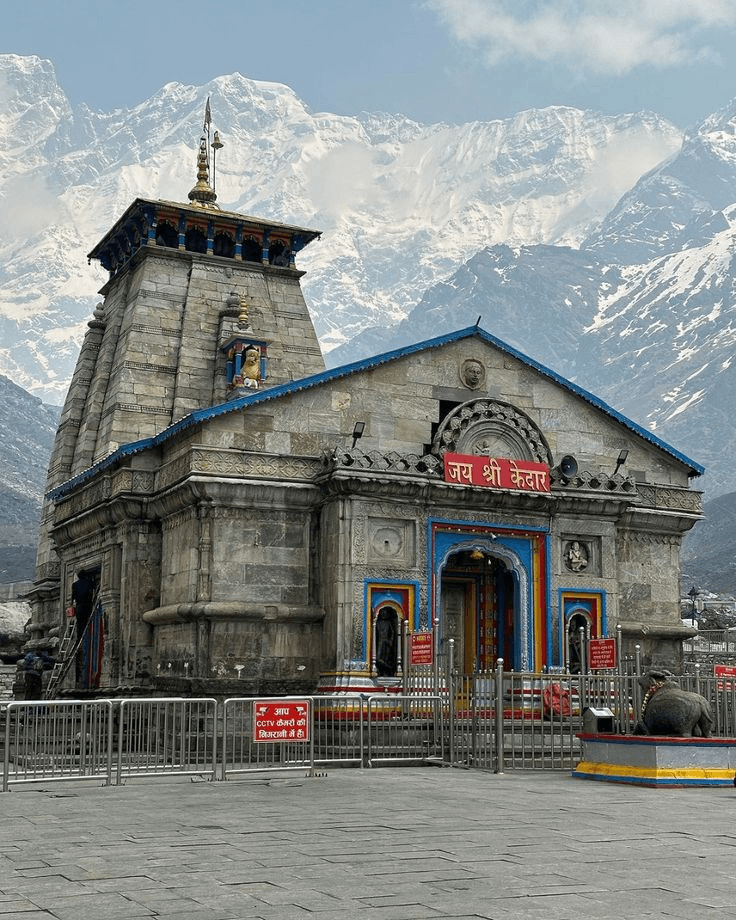
6. Bhimashankar Jyotirlinga
- Location: Pune, Maharashtra
- Importance: Situated in the Western Ghats, Bhimashankar signifies Shiva as the destroyer of evil forces. The temple is surrounded by lush greenery and wildlife, offering a tranquil environment for worship. It is also a haven for nature lovers and spiritual seekers alike.
- Best Time to Visit: Monsoon (July-September) and Maha Shivratri.
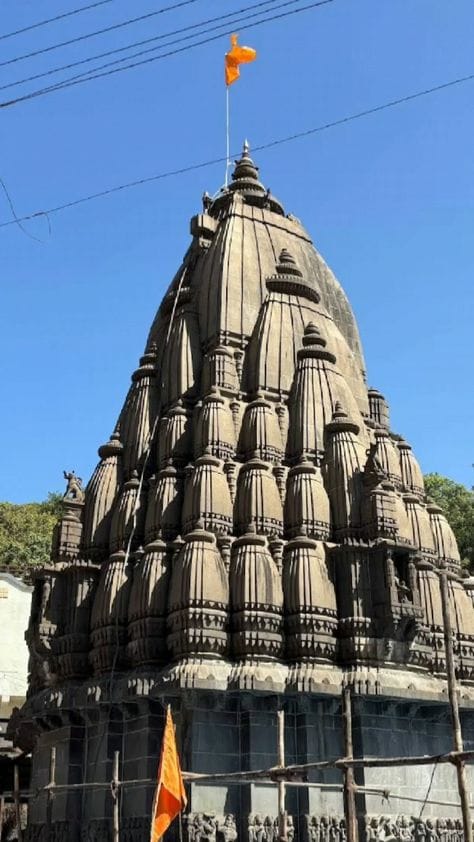
7. Kashi Vishwanath Jyotirlinga
- Location: Varanasi, Uttar Pradesh
- Importance: Known as the city of Lord Shiva, Kashi Vishwanath is believed to offer liberation and blessings for a peaceful afterlife. The temple is located near the sacred Ganges River, where devotees perform rituals to honor their ancestors. The spiritual energy of Varanasi is unmatched, making it a must-visit for those seeking divine blessings.
- Best Time to Visit: Dev Deepawali (November) and Shivratri.
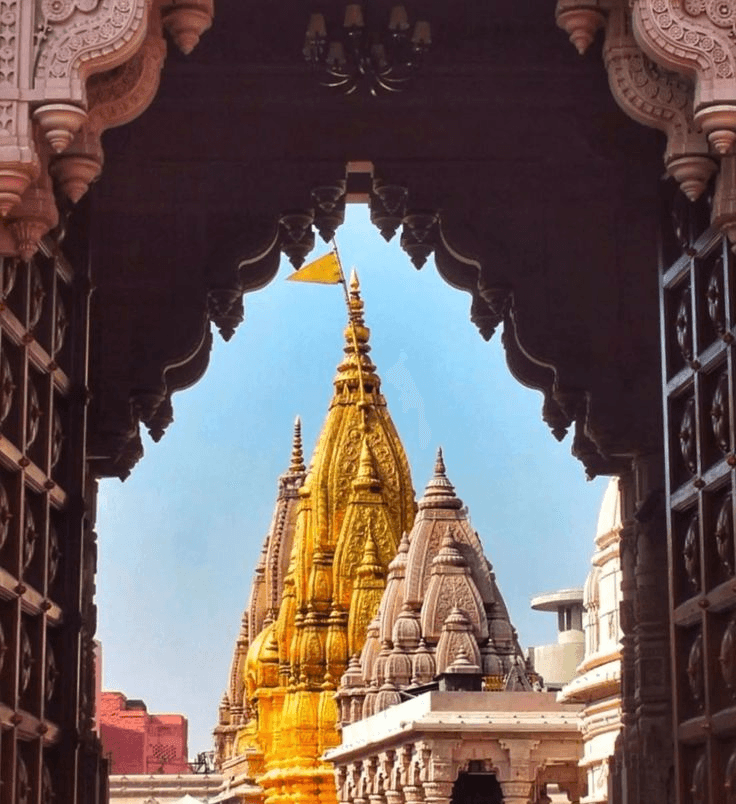
8. Trimbakeshwar Jyotirlinga
- Location: Nashik, Maharashtra
- Importance: Trimbakeshwar is associated with the origin of the sacred Godavari River and symbolizes purity and cleansing of sins. The temple’s architecture features a unique sanctum housing three lingas representing Brahma, Vishnu, and Mahesh (Shiva). Devotees come here to perform ancestral rituals and seek divine blessings.
- Best Time to Visit: Shravan Month and Kumbh Mela (every 12 years).
9. Vaidyanath Jyotirlinga
- Location: Deoghar, Jharkhand
- Importance: Also known as Baidyanath, this temple represents Shiva as the healer, granting health and relief from suffering. According to legend, Ravana worshipped Shiva here to gain immense power. Pilgrims visit this shrine for physical and emotional healing.
- Best Time to Visit: Shravan Month and Maha Shivratri.
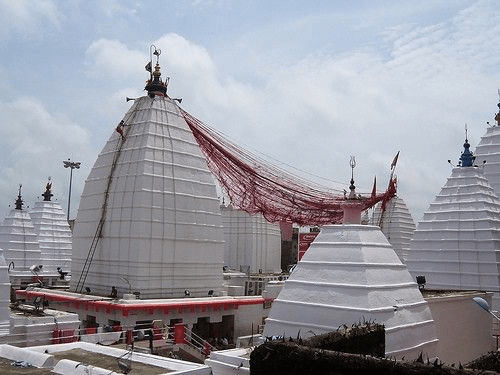
10. Nageshwar Jyotirlinga
- Location: Dwarka, Gujarat
- Importance: Nageshwar symbolizes protection from all forms of negativity and fear. The temple houses a massive statue of Lord Shiva, which serves as an iconic landmark. It is believed that worshipping here brings peace and security to devotees.
- Best Time to Visit: Shravan Month and during Shivratri.
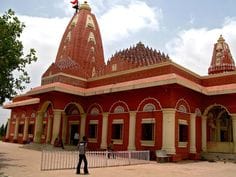
11. Rameshwaram Jyotirlinga
Location: Tamil Nadu
- Importance: Located near the sea, this Jyotirlinga is linked to Lord Rama’s devotion to Shiva, symbolizing penance and righteousness. The temple features intricate corridors and sacred water tanks where devotees cleanse themselves before worship. It is a significant stop in the Char Dham pilgrimage.
- Best Time to Visit: Maha Shivratri and the Tamil month of Aadi (July-August).
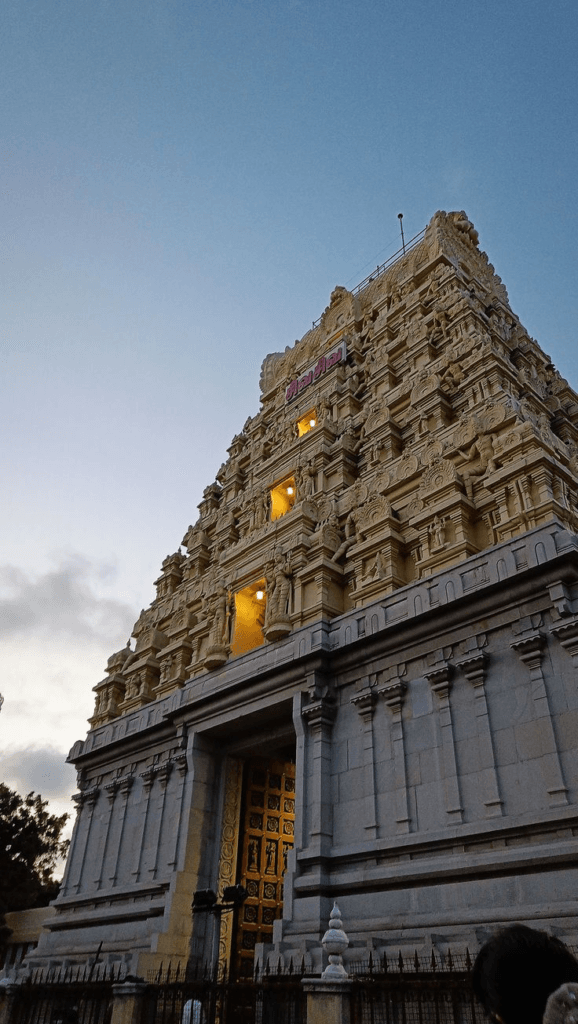
12. Grishneshwar Jyotirlinga
- Location: Aurangabad, Maharashtra
- Importance: The smallest Jyotirlinga, Grishneshwar, represents family unity and blessings for prosperity. The temple’s red sandstone structure is a testament to ancient Indian architecture. Devotees visit this temple to seek marital harmony and familial bliss.
- Best Time to Visit: Shravan Month and during Shivratri.
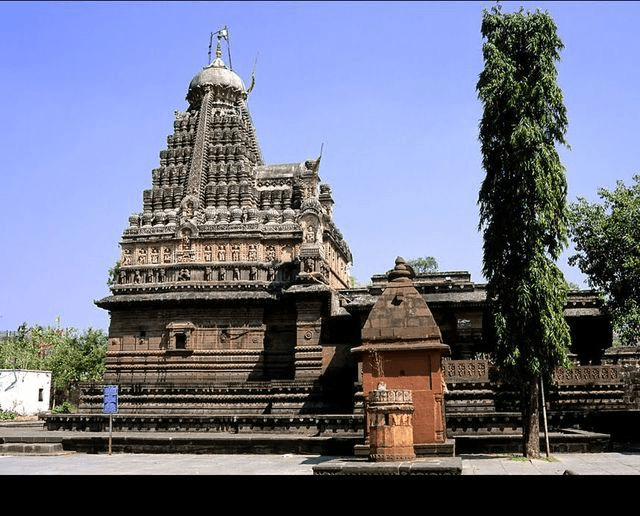
General Tips for Jyotirlinga Worship
- Timing: Early morning or during the ‘Brahma Muhurta’ (pre-dawn) is the most auspicious time to perform prayers.
- Offerings: Bel leaves, milk, honey, and water are traditional offerings.
- Significance: Pilgrimages to these shrines are considered highly meritorious, especially during Shravan Month and Maha Shivratri.
Each of these Jyotirlingas holds immense spiritual significance, offering a unique experience to devotees. Visiting these sacred sites not only strengthens your connection with Lord Shiva but also helps in attaining peace, prosperity, and liberation from life’s challenges.

